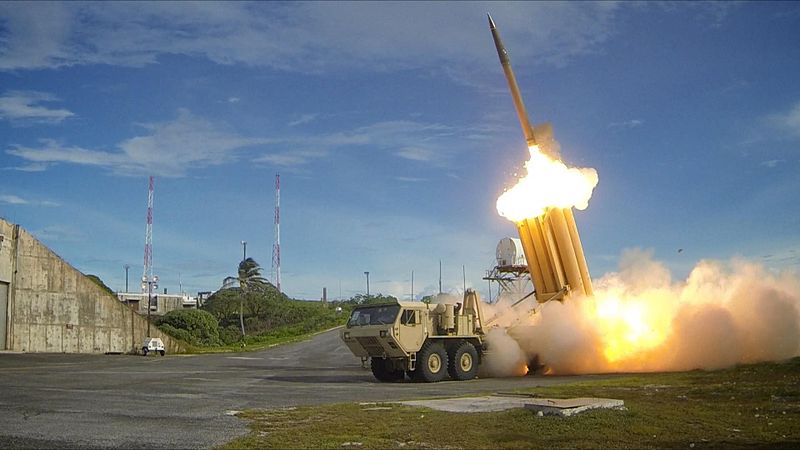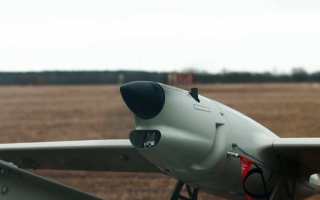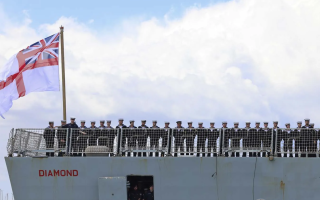
US Deploys Controversial Missile Defence Equipment To South Korea

The US military has begun moving equipment for a controversial missile defence system to ally South Korea.
The announcement by the US military comes a day after North Korea test-launched four ballistic missiles into the sea near Japan.
The Terminal High-Altitude Area Defence system was already due to be introduced, but after North Korea's latest missile test its deployment has been speeded up.
The plans to deploy the THAAD have angered not only North Korea, but also China, which sees the system's powerful radars as a security threat.
Beijing says it will "take measures", warning the US and South Korea will "bear the consequences". This has triggered protests against the retail giant Lotte, which agreed to provide one of its golf courses in southern South Korea as the site of THAAD.
Some South Korean liberal presidential candidates have also said that the security benefits of having THAAD would be curtailed by worsened relations with neighbours China and Russia, while the South Korean government also raised worries about a reported ban on Chinese tour groups visiting the country.
South Korea's Yonhap news agency, quoted a military official and said the system could be operational "as early as April".
The US military said the THAAD is meant to intercept and destroy short and medium-range ballistic missiles during the last part of their flights.
Admiral Harry Harris, head of the US Pacific Command said;
"Continued provocative actions by North Korea, to include yesterday's launch of multiple missiles, only confirm the prudence of our alliance decision last year to deploy THAAD to South Korea."
An official from South Korea's Defence Ministry said the equipment that arrived in South Korea included launchers, but did not confirm how many.
On Monday, North Korea fired four ballistic missiles in an apparent protest against ongoing US-South Korean military drills that it views as an invasion rehearsal. The missiles flew about 620 miles on average, three of them landing in waters that Japan claims as its exclusive economic zone, according to South Korean and Japanese officials.
The North's state media on Tuesday said leader Kim Jong Un supervised a ballistic rocket launching drill, a likely reference to the four launches reported by Seoul and Tokyo. Involved in the drills were artillery units tasked with striking "US imperialist aggressor forces in Japan," according to the Korean Central News Agency.
Kim "ordered the KPA (Korean People's Army) Strategic Force to keep highly alert as required by the grim situation in which an actual war may break out any time," the KCNA said.








